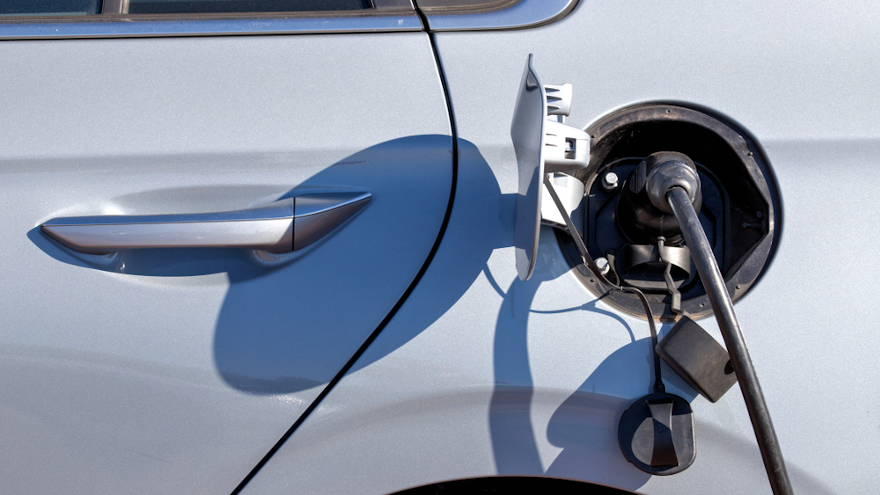Rapid, moderate, or slow? Report examines EV adoption scenarios

Rapid adoption of electric vehicles — a scenario in which EVs represent 30% of Canada’s vehicle stock, compared to less than 3% today — would reduce domestic oil consumption by about 252,000 barrels per day, according to Ernst and Young, or EY.
That scenario could result in more new Canadian oil & gas and power and utilities companies in the coming years, according to a new report from EY.
The report shows how all EV adoption scenarios — rapid, moderate or slow — will affect oil & gas and power and utilities companies.
The report is titled, “Canadian electric vehicle transition — the difference between evolution and revolution,” and it shows that rapid adoption could mean that by 2030, as many as 13.2 million EVs will be on the road.
Rapid adoption could bring an 11% increase in Canadian electricity demand, according to EY. That could require utilities to invest heavily in existing grid infrastructure so consumers could charge cars at home and in public spaces.
With rapid adoption of EVs, distribution network upgrades would be required to improve power transmission across the country, and that would include rural areas, according to the report.
The report states that Canada, with sales growing 165% year-over-year in 2018, is already the 10th fastest EV adopter in the world.
“Electric vehicles have the potential to profoundly reshape everything from local transit to global commerce, and Canada’s energy players are not going to be immune from this impact,” EY Canada Oil & Gas leader Lance Mortlock said in a news release.
He added, “Companies should be asking themselves not only how quickly EV adoption will unfold, but also whether they're taking the right strategic steps to prepare for this momentous shift. Now is the time to invest in future-proofing.”
EY Canada Power & Utilities Leader Daniela Carcasole said a major increase in electricity demand would probably mean new power and utilities players coming to market.
“This could open up a number of collaboration opportunities for existing companies — either through M&A or joint ventures with hotels, restaurants, technology companies and retail stores to offer easy and convenient vehicle charging to consumers,” Carcasole said.
The report also discusses the other two scenarios: moderate adoption and slow adoption. In the moderate scenario, the transition toward EVs is slower, but oil and gas and power and utility companies will still need to make adjustments.
“This involves developing strategic alliances or making acquisitions that prepare these companies for an EV future, while still enjoying the benefits of their traditional business,” the report states.
EY addressed the scenarios to show that companies should address the shift in transportation.
“Companies that want to get ahead would be wise to take hold of this opportunity and help shape the future instead of being left behind,” the report states.


